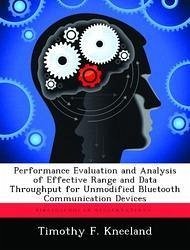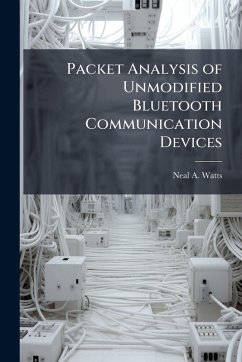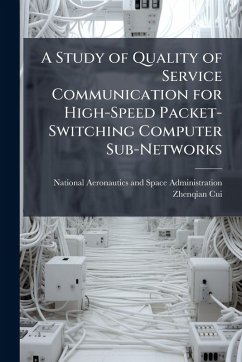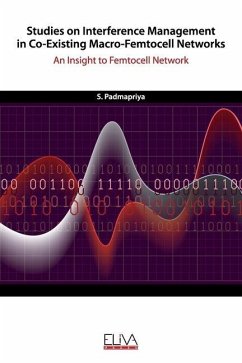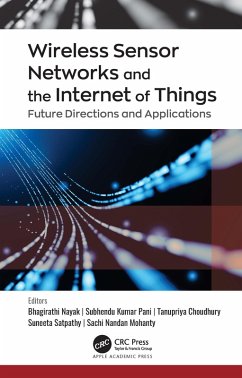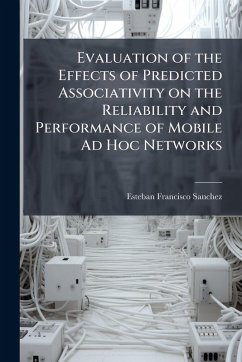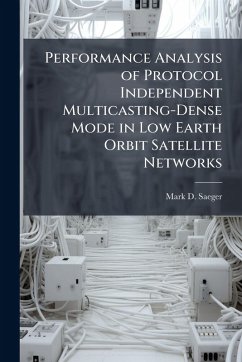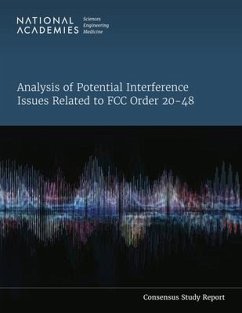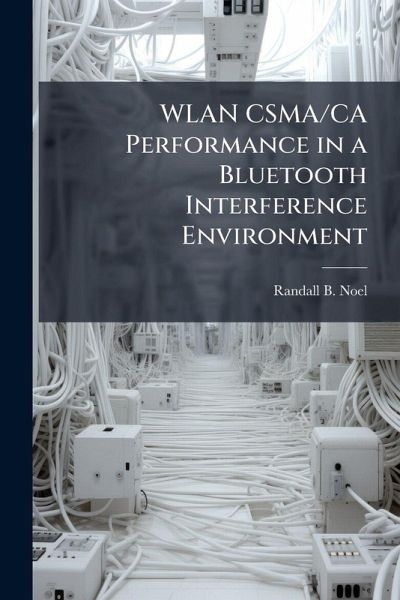
WLAN CSMA/CA Performance in a Bluetooth Interference Environment
Versandkostenfrei!
Versandfertig in über 4 Wochen
15,99 €
inkl. MwSt.
Weitere Ausgaben:

PAYBACK Punkte
8 °P sammeln!
IEEE 802.11 WLANs and Bluetooth piconets both operate in the 2.4 GHz Industrial Scientific and Medical (ISM) radio band. When operating in close proximity, these two technologies interfere with each other. Current literature suggests that IEEE 802.11 (employing direct sequence spread spectrum technology) is more susceptible to this interference than Bluetooth, which uses frequency hopping spread spectrum technology, resulting in reduced throughput. Current research tends to focus on the issue of packet collisions, and not the fact that IEEE 802.11 may also delay its transmissions while the rad...
IEEE 802.11 WLANs and Bluetooth piconets both operate in the 2.4 GHz Industrial Scientific and Medical (ISM) radio band. When operating in close proximity, these two technologies interfere with each other. Current literature suggests that IEEE 802.11 (employing direct sequence spread spectrum technology) is more susceptible to this interference than Bluetooth, which uses frequency hopping spread spectrum technology, resulting in reduced throughput. Current research tends to focus on the issue of packet collisions, and not the fact that IEEE 802.11 may also delay its transmissions while the radio channel is occupied by a Bluetooth signal. This work has been selected by scholars as being culturally important, and is part of the knowledge base of civilization as we know it. This work was reproduced from the original artifact, and remains as true to the original work as possible. Therefore, you will see the original copyright references, library stamps (as most of these works have been housed in our most important libraries around the world), and other notations in the work. This work is in the public domain in the United States of America, and possibly other nations. Within the United States, you may freely copy and distribute this work, as no entity (individual or corporate) has a copyright on the body of the work. As a reproduction of a historical artifact, this work may contain missing or blurred pages, poor pictures, errant marks, etc. Scholars believe, and we concur, that this work is important enough to be preserved, reproduced, and made generally available to the public. We appreciate your support of the preservation process, and thank you for being an important part of keeping this knowledge alive and relevant.




